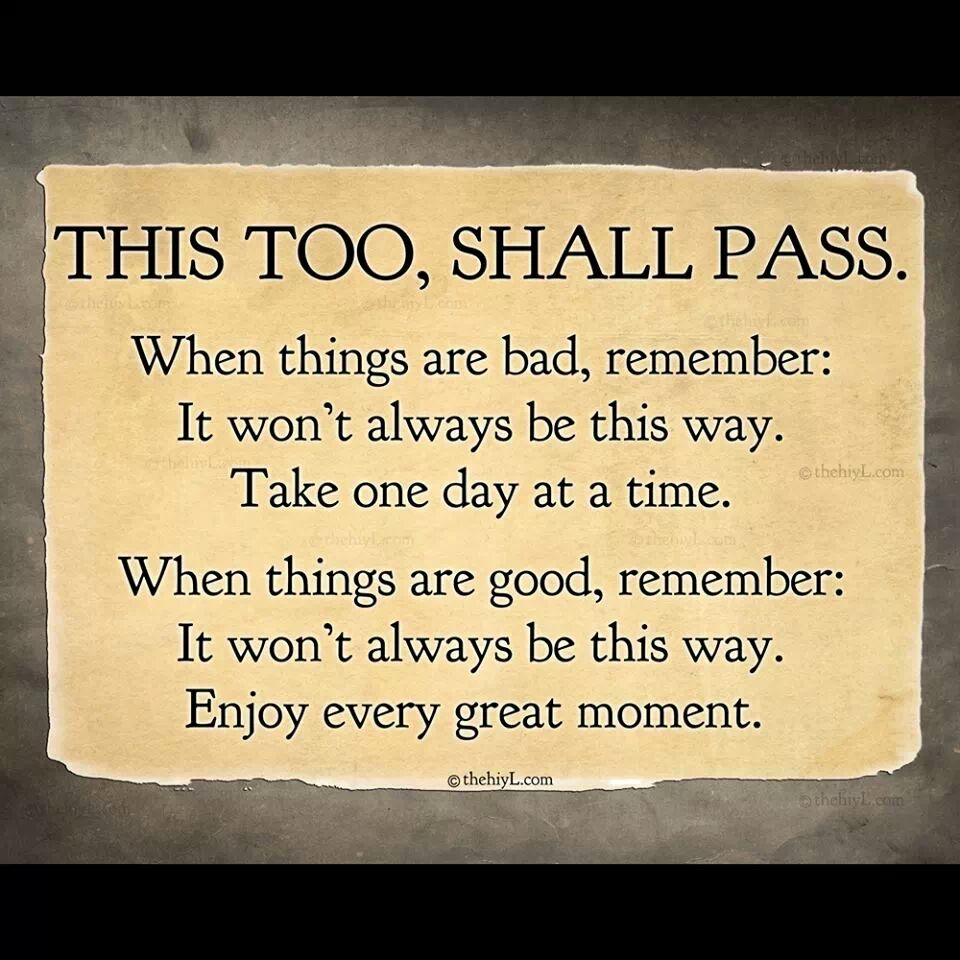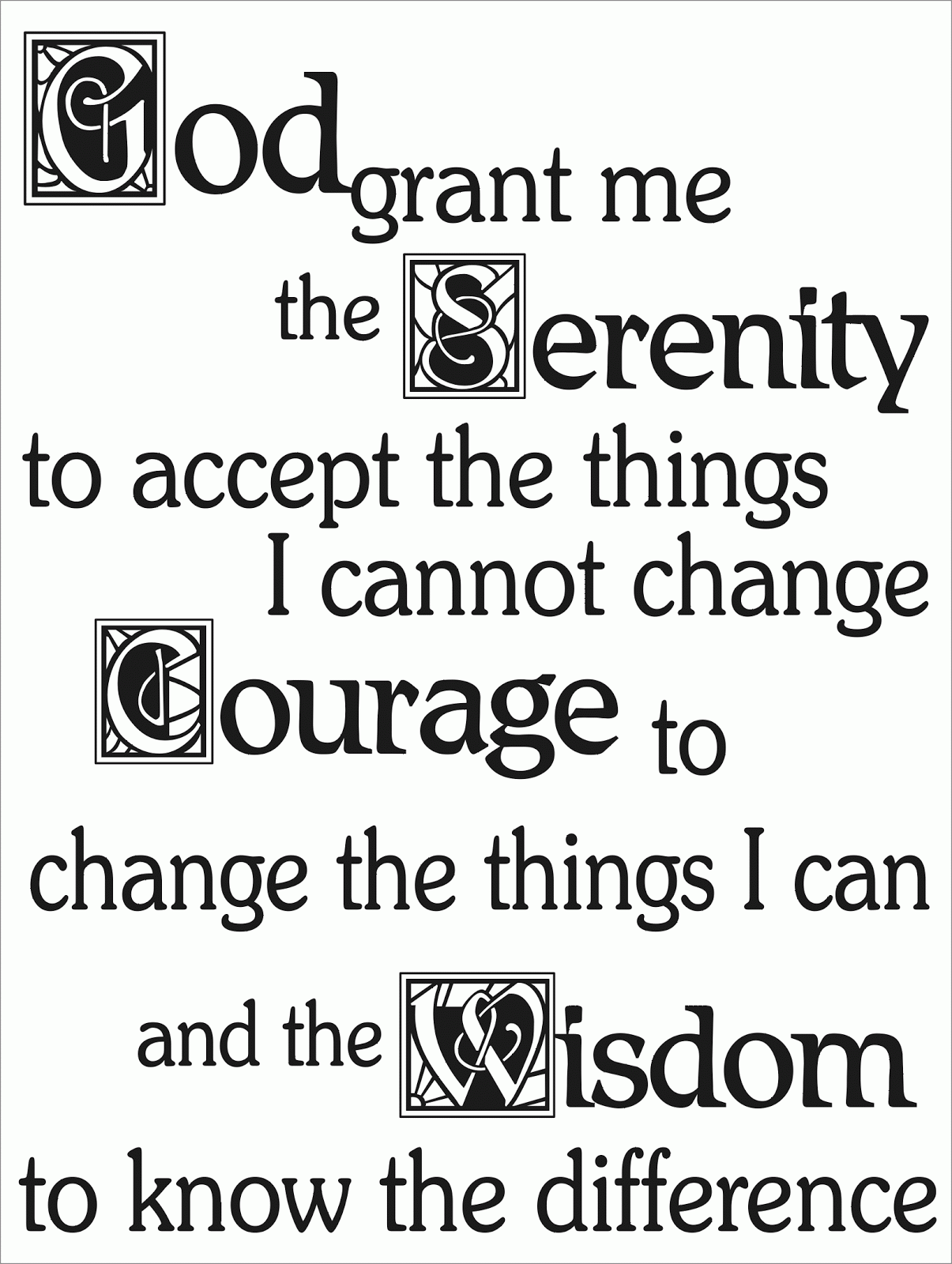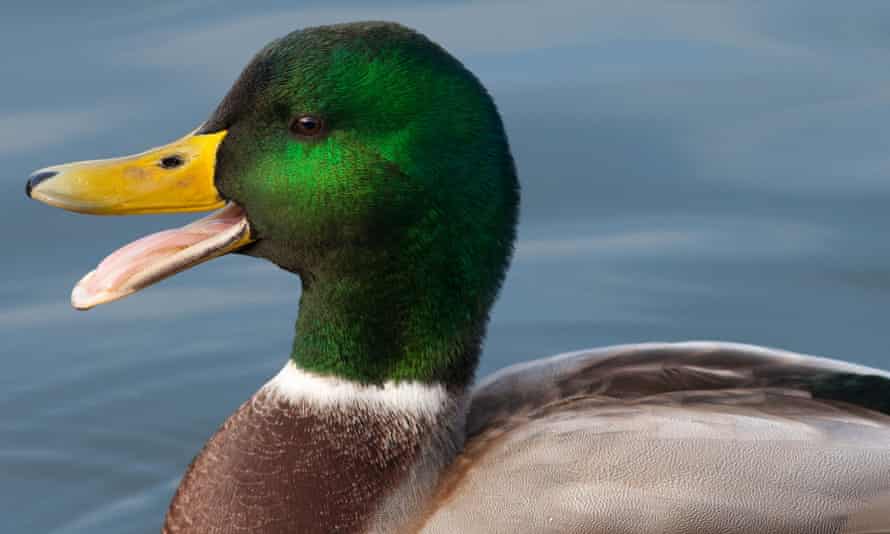-
Feeling isolated? You're not alone.
Join 20,000+ people who understand exactly how your day went. Whether you're newly diagnosed, self-identified, or supporting someone you love – this is a space where you don't have to explain yourself.
Join the Conversation → It's free, anonymous, and supportive.
As a member, you'll get:
- A community that actually gets it – no judgment, no explanations needed
- Private forums for sensitive topics (hidden from search engines)
- Real-time chat with others who share your experiences
- Your own blog to document your journey
You've found your people. Create your free account
You are using an out of date browser. It may not display this or other websites correctly.
You should upgrade or use an alternative browser.
You should upgrade or use an alternative browser.
Last person to post wins.
- Thread starter superboyian
- Start date
2,4,D


2,4,D

I would like a #1 on the steak, a#4 on the toast and a B on the coffee, no sugar. Do you want me to pay now?
I would like a #1 on the steak, a#4 on the toast and a B on the coffee, no sugar. Do you want me to pay now?
You and I are kindred spirits. It's not often that I meet someone who likes rare/med rare steaks. They really are superior. I don't see how anyone can eat over cooked leather.
You and I are kindred spirits. It's not often that I meet someone who likes rare/med rare steaks. They really are superior. I don't see how anyone can eat over cooked leather.
What I really like is a blue steak, crispy on the outside and bloody in the middle. My mother used to tell me the proper way to grill a steak. She said to put it on a hot grill and it will make 'sssst' sound. Now it is ready to turn over and let it make the same sound. At that point it is ready to eat.
What the duck is that?
I just tried these today. They're sugar free gummy bears. I thought they might be good, since they're made by "Jelly Belly". I thought they tasted like Children's Tylenol. My daughter thought they tasted like soap or the way bathroom cleaner smells.
Had I noticed the warning on the lower right corner of the package, I would have known I wasn't up for a good time:
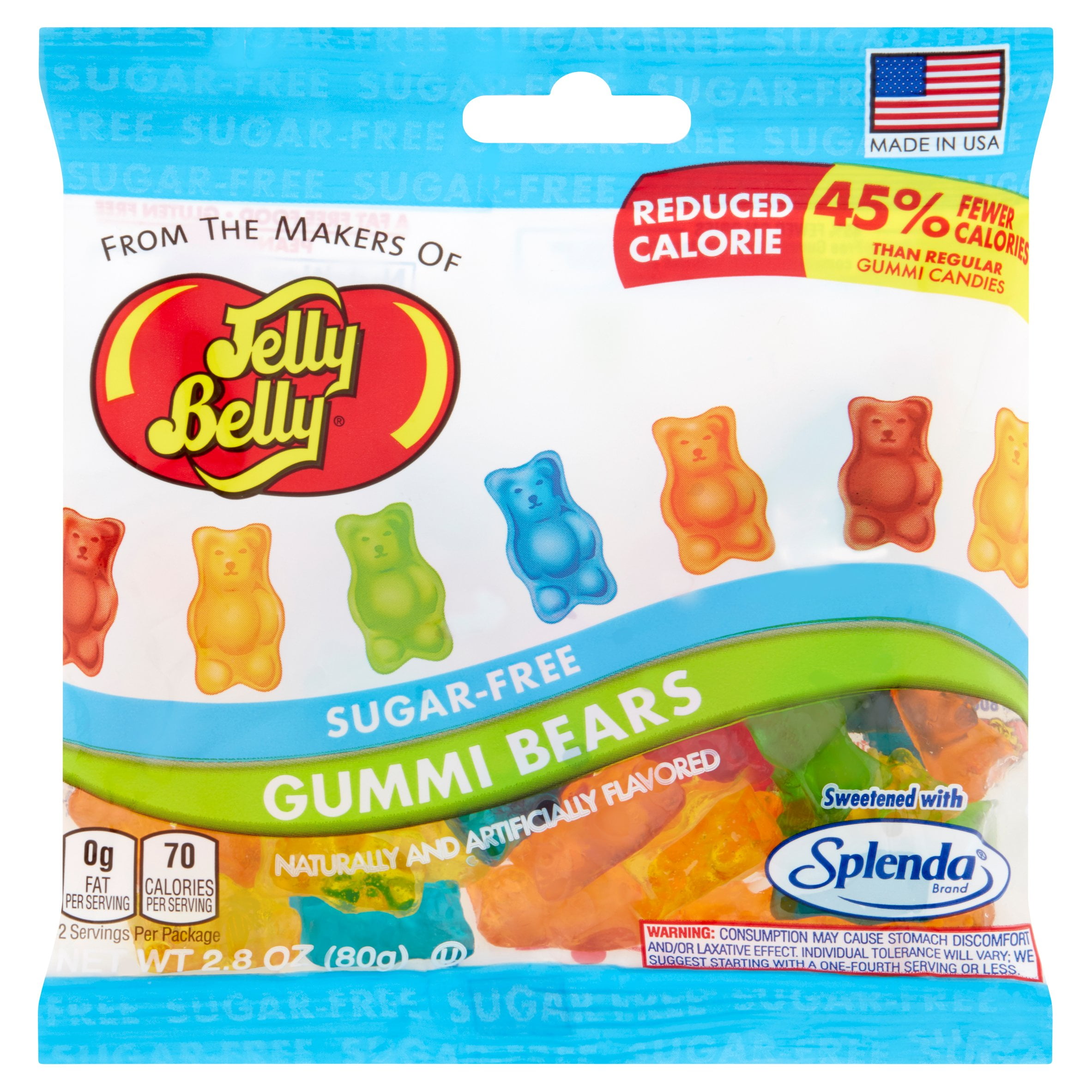
Had I noticed the warning on the lower right corner of the package, I would have known I wasn't up for a good time:

In the USA, however, we will have to wait for our date until december second of this year.
Ambigrams are exercises in graphic design that play with optical illusions, symmetry and visual perception. Some ambigrams feature a relationship between their form and their content. Ambigrams usually fall into one of several categories:
3-Dimensional
A design where an object is presented that will appear to read several letters or words when viewed from different angles. Such designs can be generated using constructive solid geometry.https://en.wikipedia.org/wiki/Wikipedia:Citation_needed
Chain
A design where a word (or sometimes words) are interlinked, forming a repeating chain. Letters are usually overlapped meaning that a word will start partway through another word. Sometimes chain ambigrams are presented in the form of a circle.
Dihedral
A natural mirror-image ambigram consisting of numerical digits.
Figure-ground
A design in which the spaces between the letters of one word form another word.
Fractal
A version of space-filling ambigrams where the tiled word branches from itself and then shrinks in a self-similar manner, forming a fractal. See Scott Kim's fractal of the word "TREE" for an animated example.
Mirror-image
A design that can be read when reflected in a mirror, usually as the same word or phrase both ways. Ambigrams that form different words when viewed in the mirror are also known as glass door ambigrams, because they can be printed on a glass door to be read differently when entering or exiting.
Multi-Lingual
An ambigram that can be read one way in one language and another way in a different language. Multi-lingual ambigrams can exist in all of the various styles of ambigrams, with multi-lingual perceptual shift ambigrams being particularly striking,https://en.wikipedia.org/wiki/Wikipedia:Citation_needed
Natural
A natural ambigram is a word that possesses one or more of the above symmetries when written in its natural state, requiring no typographic styling. For example, the words "dollop", "sos", "SᙡIᙢS", "suns" and "pod" form natural rotational ambigrams. In Korean, 곰 (bear) and 문 (door) form a natural rotational ambigram. In some fonts, the word "seas" forms a natural rotational ambigram. The word "bud" forms a natural mirror ambigram when reflected over a vertical axis, as does "ليبيا", the name of the country Libya in Arabic. The words "BOX", "CHOICE" and "OXIDE", in all capitals, form natural mirror ambigrams when reflected over a horizontal axis. The longest such word is CHECKBOOK. The words "HIM", "TOOTH", "MAXIMUM", "TOY" and "WHOM", in all capitals, forms natural mirror ambigrams when their letters are stacked vertically and reflected over a vertical axis.https://en.wikipedia.org/wiki/Wikipedia:Citation_needed
Perceptual Shift (Oscillation)
A design with no symmetry but can be read as two different words depending on how the curves of the letters are interpreted.
Rotational
A design that presents several instances of words when rotated through a fixed angle. This is usually 180 degrees, but rotational ambigrams of other angles exist, for example 90 or 45 degrees. The word spelled out from the alternative direction(s) is often the same, but may be a different word to the initially presented form. A simple example is the lower-case abbreviation for "Down", dn, which looks like the lower-case word up when rotated 180 degrees.https://en.wikipedia.org/wiki/Wikipedia:Citation_needed
Strobogrammatic
A natural rotational ambigram consisting of numerical digits.
Space-Filling
Similar to chain ambigrams, but tile to fill the 2-dimensional plane.https://en.wikipedia.org/wiki/Wikipedia:Citation_needed
Spinonym
An ambigram in which all the letters are made of the same glyph, possibly rotated and/or inverted. WEB is an example of a word that can easily be made into a spinonym. Previously called rotoglyphs or rotaglyphs.
Symbiotogram
An ambigram that, when rotated, can be read as a different word than the original, e.g., "LIFE" would read as "DEATH".
Totem
An ambigram whose letters are stacked. May be rotational or mirrored.
Ambigram - Wikipedia
3-Dimensional
A design where an object is presented that will appear to read several letters or words when viewed from different angles. Such designs can be generated using constructive solid geometry.https://en.wikipedia.org/wiki/Wikipedia:Citation_needed
Chain
A design where a word (or sometimes words) are interlinked, forming a repeating chain. Letters are usually overlapped meaning that a word will start partway through another word. Sometimes chain ambigrams are presented in the form of a circle.
Dihedral
A natural mirror-image ambigram consisting of numerical digits.
Figure-ground
A design in which the spaces between the letters of one word form another word.
Fractal
A version of space-filling ambigrams where the tiled word branches from itself and then shrinks in a self-similar manner, forming a fractal. See Scott Kim's fractal of the word "TREE" for an animated example.
Mirror-image
A design that can be read when reflected in a mirror, usually as the same word or phrase both ways. Ambigrams that form different words when viewed in the mirror are also known as glass door ambigrams, because they can be printed on a glass door to be read differently when entering or exiting.
Multi-Lingual
An ambigram that can be read one way in one language and another way in a different language. Multi-lingual ambigrams can exist in all of the various styles of ambigrams, with multi-lingual perceptual shift ambigrams being particularly striking,https://en.wikipedia.org/wiki/Wikipedia:Citation_needed
Natural
A natural ambigram is a word that possesses one or more of the above symmetries when written in its natural state, requiring no typographic styling. For example, the words "dollop", "sos", "SᙡIᙢS", "suns" and "pod" form natural rotational ambigrams. In Korean, 곰 (bear) and 문 (door) form a natural rotational ambigram. In some fonts, the word "seas" forms a natural rotational ambigram. The word "bud" forms a natural mirror ambigram when reflected over a vertical axis, as does "ليبيا", the name of the country Libya in Arabic. The words "BOX", "CHOICE" and "OXIDE", in all capitals, form natural mirror ambigrams when reflected over a horizontal axis. The longest such word is CHECKBOOK. The words "HIM", "TOOTH", "MAXIMUM", "TOY" and "WHOM", in all capitals, forms natural mirror ambigrams when their letters are stacked vertically and reflected over a vertical axis.https://en.wikipedia.org/wiki/Wikipedia:Citation_needed
Perceptual Shift (Oscillation)
A design with no symmetry but can be read as two different words depending on how the curves of the letters are interpreted.
Rotational
A design that presents several instances of words when rotated through a fixed angle. This is usually 180 degrees, but rotational ambigrams of other angles exist, for example 90 or 45 degrees. The word spelled out from the alternative direction(s) is often the same, but may be a different word to the initially presented form. A simple example is the lower-case abbreviation for "Down", dn, which looks like the lower-case word up when rotated 180 degrees.https://en.wikipedia.org/wiki/Wikipedia:Citation_needed
Strobogrammatic
A natural rotational ambigram consisting of numerical digits.
Space-Filling
Similar to chain ambigrams, but tile to fill the 2-dimensional plane.https://en.wikipedia.org/wiki/Wikipedia:Citation_needed
Spinonym
An ambigram in which all the letters are made of the same glyph, possibly rotated and/or inverted. WEB is an example of a word that can easily be made into a spinonym. Previously called rotoglyphs or rotaglyphs.
Symbiotogram
An ambigram that, when rotated, can be read as a different word than the original, e.g., "LIFE" would read as "DEATH".
Totem
An ambigram whose letters are stacked. May be rotational or mirrored.
Ambigram - Wikipedia
Ambigrams are exercises in graphic design that play with optical illusions, symmetry and visual perception. Some ambigrams feature a relationship between their form and their content. Ambigrams usually fall into one of several categories:
3-Dimensional
A design where an object is presented that will appear to read several letters or words when viewed from different angles. Such designs can be generated using constructive solid geometry.
Chain
A design where a word (or sometimes words) are interlinked, forming a repeating chain. Letters are usually overlapped meaning that a word will start partway through another word. Sometimes chain ambigrams are presented in the form of a circle.
Dihedral
A natural mirror-image ambigram consisting of numerical digits.
Figure-ground
A design in which the spaces between the letters of one word form another word.
Fractal
A version of space-filling ambigrams where the tiled word branches from itself and then shrinks in a self-similar manner, forming a fractal. See Scott Kim's fractal of the word "TREE" for an animated example.
Mirror-image
A design that can be read when reflected in a mirror, usually as the same word or phrase both ways. Ambigrams that form different words when viewed in the mirror are also known as glass door ambigrams, because they can be printed on a glass door to be read differently when entering or exiting.
Multi-Lingual
An ambigram that can be read one way in one language and another way in a different language. Multi-lingual ambigrams can exist in all of the various styles of ambigrams, with multi-lingual perceptual shift ambigrams being particularly striking,
Natural
A natural ambigram is a word that possesses one or more of the above symmetries when written in its natural state, requiring no typographic styling. For example, the words "dollop", "sos", "SᙡIᙢS", "suns" and "pod" form natural rotational ambigrams. In Korean, 곰 (bear) and 문 (door) form a natural rotational ambigram. In some fonts, the word "seas" forms a natural rotational ambigram. The word "bud" forms a natural mirror ambigram when reflected over a vertical axis, as does "ليبيا", the name of the country Libya in Arabic. The words "BOX", "CHOICE" and "OXIDE", in all capitals, form natural mirror ambigrams when reflected over a horizontal axis. The longest such word is CHECKBOOK. The words "HIM", "TOOTH", "MAXIMUM", "TOY" and "WHOM", in all capitals, forms natural mirror ambigrams when their letters are stacked vertically and reflected over a vertical axis.
Perceptual Shift (Oscillation)
A design with no symmetry but can be read as two different words depending on how the curves of the letters are interpreted.
Rotational
A design that presents several instances of words when rotated through a fixed angle. This is usually 180 degrees, but rotational ambigrams of other angles exist, for example 90 or 45 degrees. The word spelled out from the alternative direction(s) is often the same, but may be a different word to the initially presented form. A simple example is the lower-case abbreviation for "Down", dn, which looks like the lower-case word up when rotated 180 degrees.
Strobogrammatic
A natural rotational ambigram consisting of numerical digits.
Space-Filling
Similar to chain ambigrams, but tile to fill the 2-dimensional plane.
Spinonym
An ambigram in which all the letters are made of the same glyph, possibly rotated and/or inverted. WEB is an example of a word that can easily be made into a spinonym. Previously called rotoglyphs or rotaglyphs.
Symbiotogram
An ambigram that, when rotated, can be read as a different word than the original, e.g., "LIFE" would read as "DEATH".
Totem
An ambigram whose letters are stacked. May be rotational or mirrored.
Ambigram - Wikipedia
This reminds me of how back in the day, we had the ability to customize titles of projects on Microsoft Office with "Word Art". I miss old Windows. It used to be so bomb. Now it's just confusing for my old brain. I wish they'd bring back Windows 98, but with the capabilities and protections of modern technology.
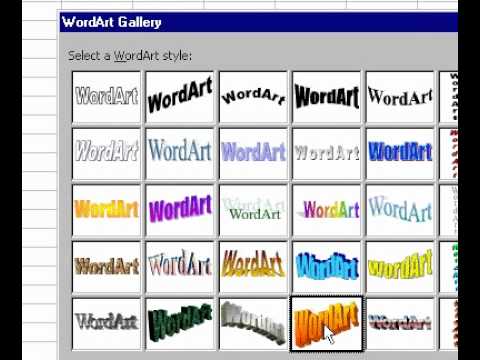
Share:
New Threads
-
-
-
AI vs. CAPTCHA: The New Arms Race...?
- Started by Crossbreed
- Replies: 1
-
What a trip it's been. RIP Bob Weir
- Started by WhitewaterWoman
- Replies: 6
-
-
-
-
-
Has 'AutismForums' ever been in the news?
- Started by MROSS
- Replies: 5
-
